
OR
Nepal set to unlock World Bank’s Forest Carbon Money
Published On: November 8, 2019 07:38 AM NPT By: SHREE RAM SUBEDI

May receive US$ 45 million over a six-year-period
KATHMANDU, Nov 8: After decade-long preparations, Nepal is set to sign a deal next month with World Bank’s Forest Carbon Partnership Facility (FCPF) unlocking potentials to attract up to US$ 45 million until 2025. The Emissions Reduction Payment Agreement (ERPA) will help the government, communities, and stakeholders to reduce deforestation and forest degradation. Similarly, the agreement also rewards community-based forest management efforts to reduce carbon emissions and enhance carbon stock through forest management activities.
Under the carbon fund, Nepal anticipates the sale of 9 million tons of carbon dioxide equivalent (CO2e) at US$ 5 per ton of CO2e and earn a total of US$ 45 million.
“We will sign the agreement next month,” informed Dr Buddhi Sagar Poudel, Joint Secretary and Chief of REDD+ implementation center, established under the Ministry of Forests and Environment. REDD, which stands for Reducing Emissions from Deforestation and Forest Degradation, was established in 2009 to facilitate REDD+ process in Nepal.
Nepal would be the fourth country to sign the deal with the World Bank after Ghana, Mozambique and Democratic Republic of Congo. FCPF is a global partnership of governments, businesses, civil societies, and indigenous people’s organizations focused on reducing emissions from deforestation and forest degradation, and fostering conservation, sustainable management of forests, and enhancement of forest carbon stocks. FCPF works with 47 developing countries and 17 donors.
According to officials concerned, for the purpose of signing the agreement, Nepal is currently working on three major documents including a benefit-sharing plan, provision for emission reductions title transfer to allow Nepal to sale carbon credit to the international organizations and ERPA term sheet and ER Reversal Management Mechanism. Benefit-sharing plan would spell out details of the benefit-sharing process -- identifying beneficiaries and agencies while implementing the initiatives. Also, safeguard measures are being formulated to minimize any harm on the local environment, livelihoods and cultures of communities who rely on forests.
The agreement needs to be signed soon as the World Bank supported US$ 5.2 million second phase of readiness grant for REDD+ expires in June 2020. Earlier in 2009, Nepal had received US $3.6 million for REDD+ while the second 5-year funding was made in 2013. Both the funds were used for REDD+ readiness activities in the emission reductions (ER) program areas in 13 districts in the tarai region as well as to scale up the readiness activities across the country. The ER program area covering the tarai and the Chure regions, represents nearly 15 percent of Nepal’s total land area, 20 percent of the national forest area, 25 percent of the national population and much of the country’s rich biodiversity, according to REDD+implementation center.
“With the completion of the readiness phase, we are graduating to receive the Carbon Funds,” adds Dr Sindhu Prasad Dhungana, Chief of the Planning Division at the ministry, and who has also worked as the chief of REDD+ Implementation Centre. The Carbon Fund remunerates participant countries in accordance with the negotiated contracts for verifiable emission reductions (ERs). The World Bank’s current funding for the carbon fund stands at $900 million.
In Nepal, seven key activities will be carried out under the scheme in emission reductions program areas. They include improvements in community-based forest management, transfer of national forests to communities and collaborative forest user groups and promotion of private sector forestry through improved access to finances and inputs. Also, assistance will be provided including alternative energy with biogas plants and improved cooking stoves along with pro-poor leasehold forestry, integrated land use planning and protected area management.
Anu Rajbhandari, who is an environmental specialist at the World Bank Nepal Office, said that the agreement would be of much significance as it directly works in stopping climate change and enhance livelihoods of the local communities.
She also said that the initiative would complement two major projects that the World Bank and Nepal are currently working on; the Forest for Prosperity Project and Dedicated Grant Mechanism, especially designed for the indigenous communities.
Nepal is a party to the United Nations Framework Convention on Climate Change (UNFCCC), the Kyoto Protocol and the Paris Agreement. After the 13th UNFCCC Conference of the Parties (COP13) in Bali in 2007, Nepal initiated various REDD readiness activities. Nepal’s journey to REDD+ formally began in 2008 when Nepal submitted the Emission Reductions Program Idea Note (ER-PIN) to the World Bank, which has opened a window to the developing countries the same year.
Experts and officials agree that the agreement would be a milestone for Nepal to secure carbon fund, but also accept that the decade-long journey to secure forest carbon credit was too long and could have been shortened through a “fast track”. They pointed out both local and global reasons for the delay. Frequent changes of staffs in REDD+ Implementation Center and too many procedural obligations of the World Bank are cited as major reasons for the delay.
“This is learning process both at home and international level, argues Dr Dhungana, who claims that Nepal is second country in Asia preparing the Emission Reduction Program Document (ERPD) after Vietnam. He said that Nepal can explore other buyers and sell carbon when it has verifiable evidences of reducing carbon emissions.
In April 2018, Nepal endorsed the National REDD+ Strategy, for which the emission reductions program is a central component. Also, Nepal has formed a high-level 25 member National REDD+ Steering Committee under the minister for forests and environment while another 23-member coordination committee is functional under the leadership of the secretary at the Ministry of Forests and Environment.
Nearly 44.74 percent of the total area is covered by forests and other wooded land in Nepal, according to official figure of the government. Nepal’s contribution to global greenhouse gas emission is negligible -- 0.027 percent of the global total. However, Nepal ranks fourth in the global climate risk index of the most vulnerable countries.
Besides the proposed forest carbon fund from REDD+ program, Nepal has been benefiting from carbon trading in the global market through biogas, improved water mills, micro-hydro projects and use of improved cooking stoves. A total of 30 clean development mechanisms-related projects have attracted US$14.4 million since 2005, according to Alternative Energy Promotion Center.
You May Like This
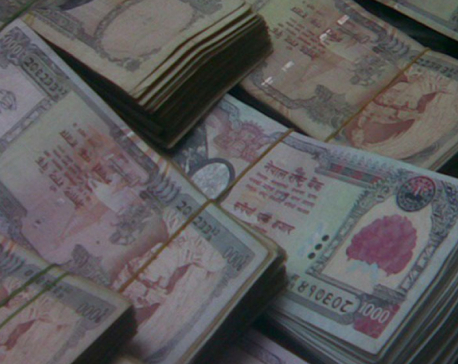
Nepal receives foreign aid commitment of Rs 86.5 billion in three months
KATHMANDU, Nov 12: Nepal has received 86 billion rupees foreign aid commitment in the last three months. ... Read More...
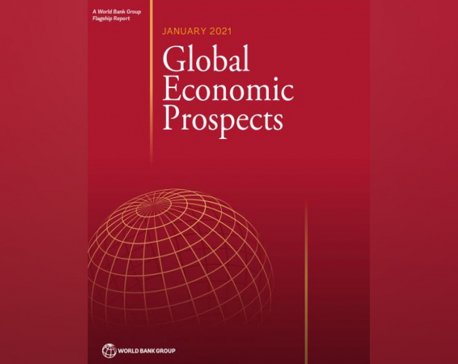
World Bank projects Nepal’s growth rate to limit at 0.6 percent this year
KATHMANDU, Jan 6: The World Bank (WB) has projected that Nepal’s economy will grow by a meager 0.6 percent in... Read More...

June 6: 6 things to know by 6 PM today
Your daily dose of missed important news of the day. ... Read More...



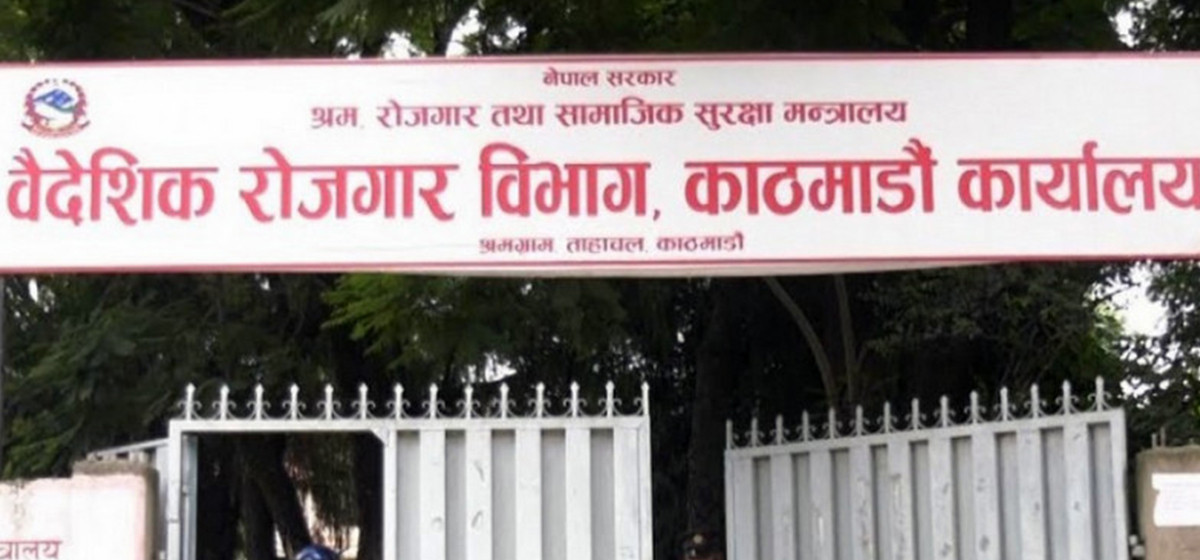
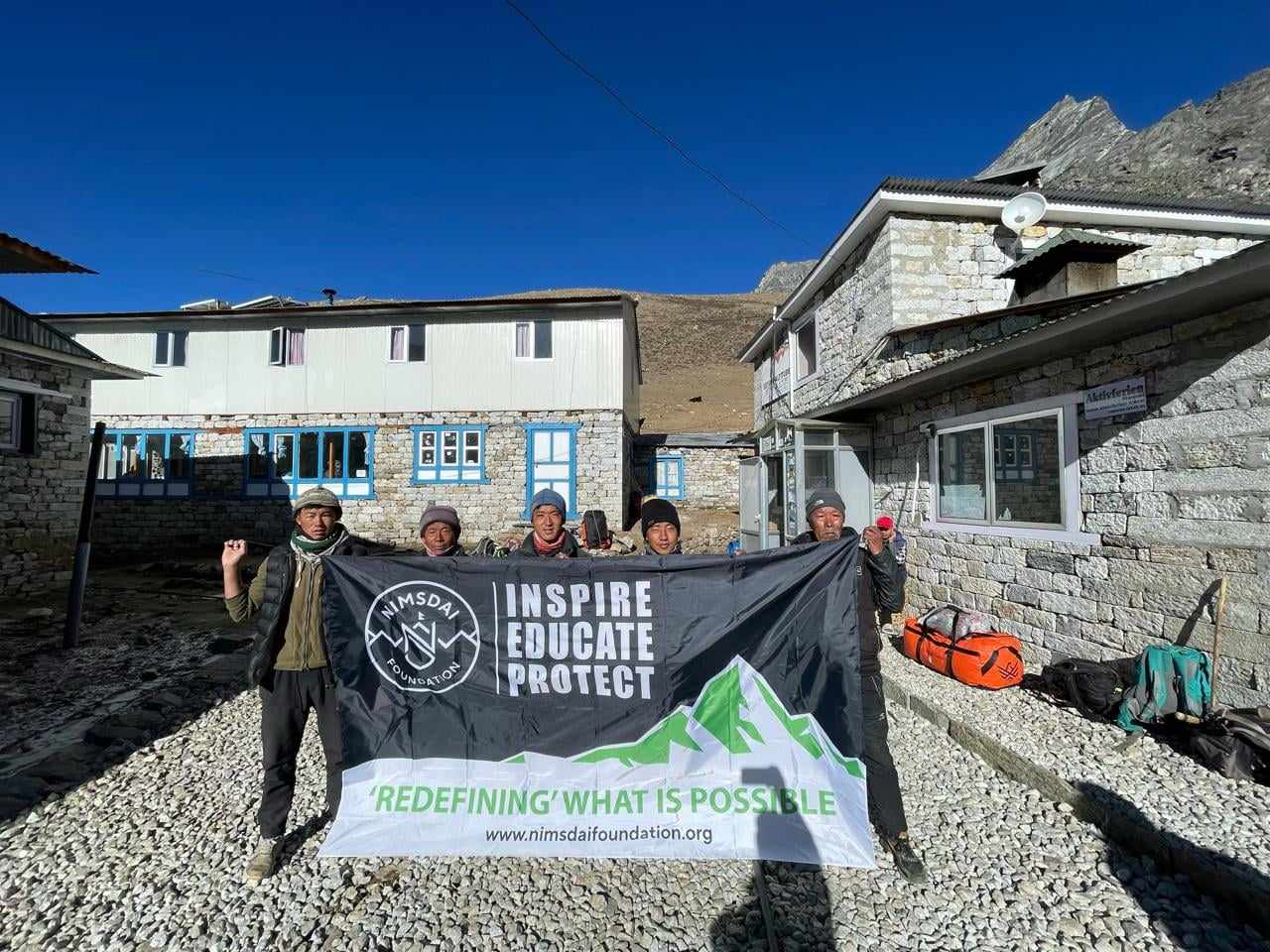

Just In
- Govt should not look for enforcing populist budget for next FY: Former finance ministers
- DoFE requests relevant parties to provide essential facilities to foreign workers traveling abroad
- Foundation stone laid for building a school in Darchula with Indian financial assistance
- 151 projects to be showcased for FDI in Third Investment Summit
- Police disclose identity of seven individuals arrested with almost 2 kg gold and more than Rs 10 million in cash
- NIMSDAI Foundation collaborates with local govt for Lobuche Porter’s Accommodation Project
- Home Ministry directs recalling security personnel deployed for personal security against existing laws
- Fake Bhutanese refugee case: SC orders continued pre-trial detention for seven individuals including former DPM Rayamajhi









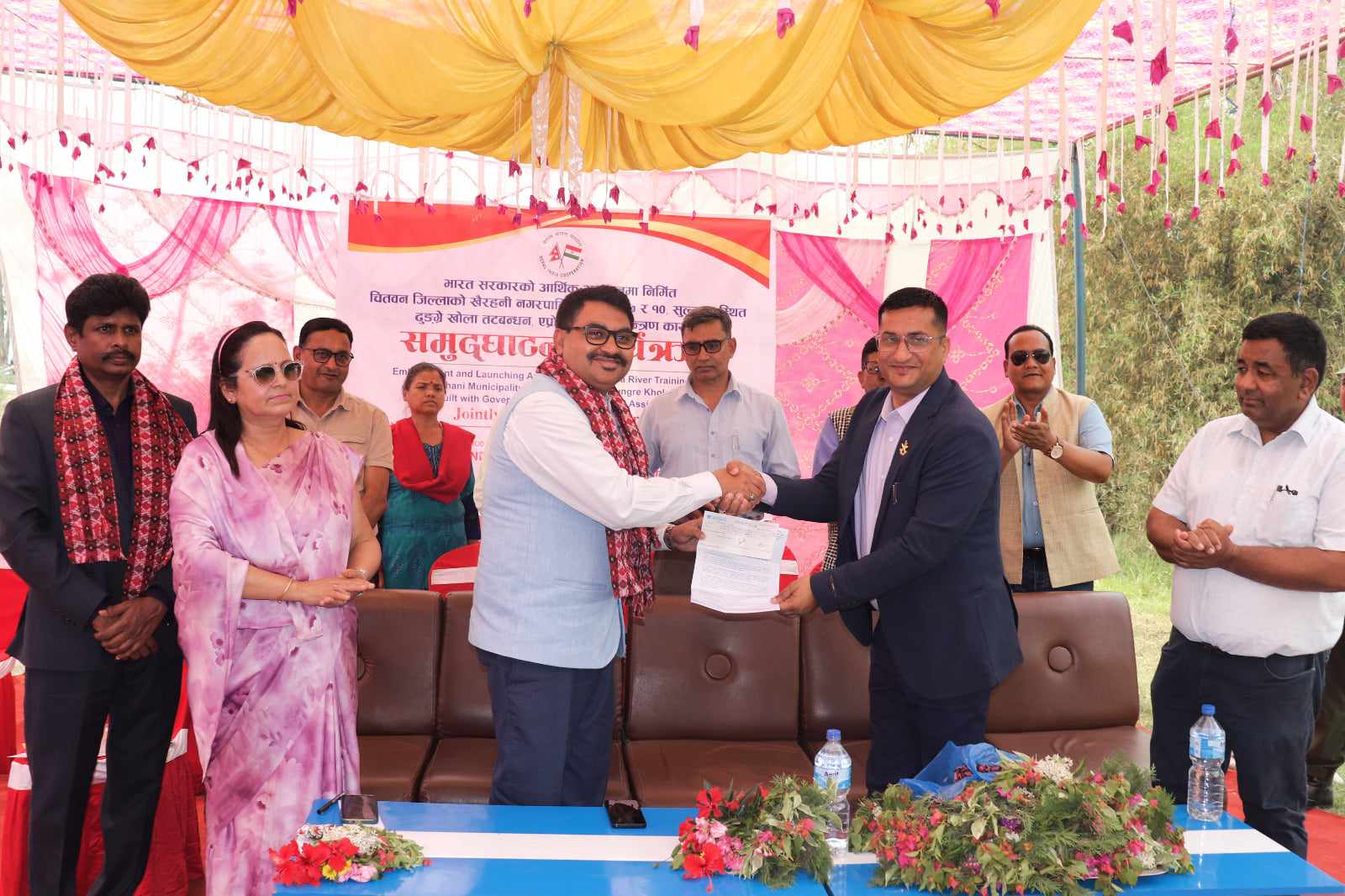



Leave A Comment